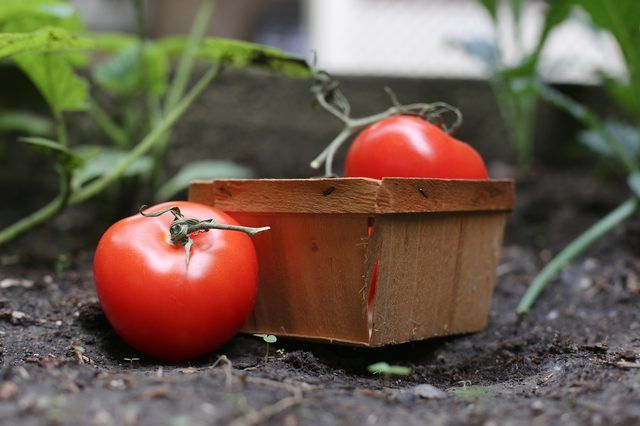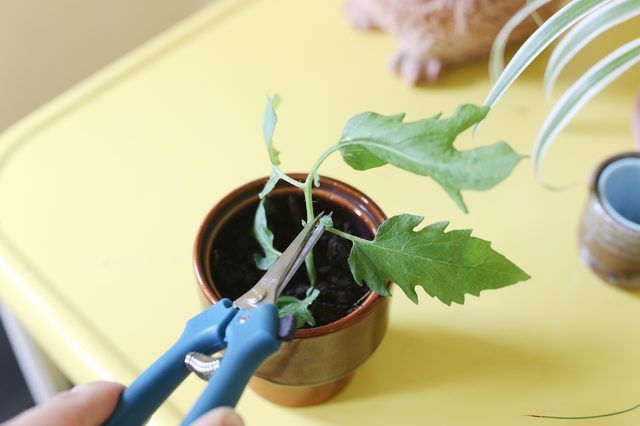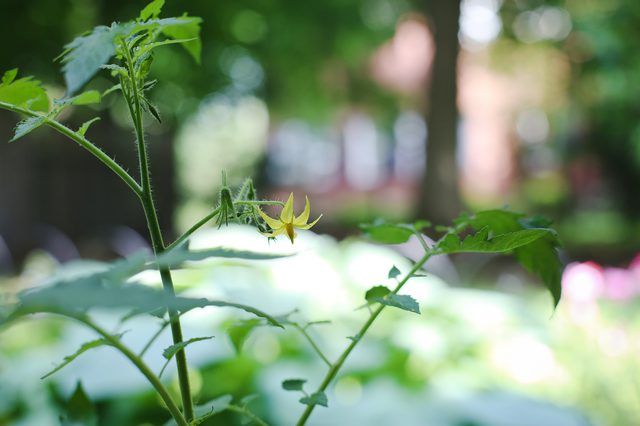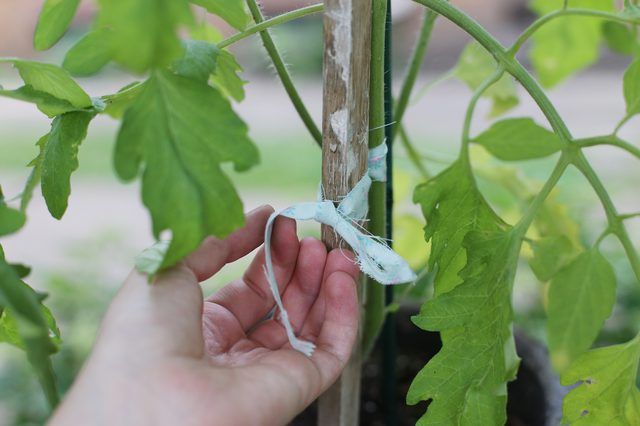Bulbs
Flower Basics
Flower Beds & Specialty Gardens
Flower Garden
Garden Furniture
Garden Gnomes
Garden Seeds
Garden Sheds
Garden Statues
Garden Tools & Supplies
Gardening Basics
Green & Organic
Groundcovers & Vines
Growing Annuals
Growing Basil
Growing Beans
Growing Berries
Growing Blueberries
Growing Cactus
Growing Corn
Growing Cotton
Growing Edibles
Growing Flowers
Growing Garlic
Growing Grapes
Growing Grass
Growing Herbs
Growing Jasmine
Growing Mint
Growing Mushrooms
Orchids
Growing Peanuts
Growing Perennials
Growing Plants
Growing Rosemary
Growing Roses
Growing Strawberries
Growing Sunflowers
Growing Thyme
Growing Tomatoes
Growing Tulips
Growing Vegetables
Herb Basics
Herb Garden
Indoor Growing
Landscaping Basics
Landscaping Patios
Landscaping Plants
Landscaping Shrubs
Landscaping Trees
Landscaping Walks & Pathways
Lawn Basics
Lawn Maintenance
Lawn Mowers
Lawn Ornaments
Lawn Planting
Lawn Tools
Outdoor Growing
Overall Landscape Planning
Pests, Weeds & Problems
Plant Basics
Rock Garden
Rose Garden
Shrubs
Soil
Specialty Gardens
Trees
Vegetable Garden
Yard Maintenance
How to Prune Tomato Plants
How to Prune Tomato Plants. If you've grown tomato plants (Lycopersicon esculentum) or are thinking about trying to grow them, then you may already know they grow naturally as vines, trailing on the ground if unsupported. Ensuring the plants are healthy, disease-free and produce the heaviest crop possible requires pruning and supporting them as...
If you've grown tomato plants (Lycopersicon esculentum) or are thinking about trying to grow them, then you may already know they grow naturally as vines, trailing on the ground if unsupported. Ensuring the plants are healthy, disease-free and produce the heaviest crop possible requires pruning and supporting them as they grow, helping direct their energy into fruit production while keeping their vines and fruits off the ground. Clean your pruning tool's blades with rubbing alcohol before you begin pruning and between cuts to prevent the spread of plant diseases.

If you start with tomato seedlings, then the pruning process begins at planting time. It's best to plant tomato plants about 2 inches deeper than the soil depth at which they grew in their individual pots because it helps them develop extra-strong root systems; tomato plants grow new roots from the underground portion of their stems. Before planting, pinch or snip off all leaves on the low portion of each plant's stem that will be below the soil surface so the leaves don't rot underground. As the plants start producing new growth and you see their first flower clusters, identify all small side shoots, called suckers, that appear below these early flowers. A sucker grows in the angle where a leaf originates from a plant's main stem. That angle is called a leaf axil. Use sharp shears to snip off suckers.

After early pruning below their first flower cluster, determinate tomato varieties require no additional pruning. Those types of tomato plants reach a predetermined height and then stop getting taller, developing all their flowers and fruits at one time. So any additional pruning only sacrifices part of their crop. Indeterminate types of tomato plants continue growing and blooming all season, however, and continual pruning helps keep these extra-vigorous vines under control while funneling their energy into producing large, juicy fruits. If you want to produce strong-stemmed, vigorous indeterminate plants, continue removing their suckers when they appear, allowing three or four suckers on lower leaf axils to grow and produce a few side branches. This type of pruning also lets the maximum amount of sunlight reach all the leaves, helping the plants produce lots of nutrients all season.

Tomatoes are herbaceous perennials in U.S. Department of Agriculture plant hardiness zones 10 through 11 but are also grown as annuals throughout the United States. A final pruning of the plants in late season helps give all the fruits that have formed an opportunity to mature. The best timing for your tomato plants' final pruning depends somewhat on the climate in your area. If, for example, frost occurs in fall where you live, then give the plants a final pruning about one month before your location's first average annual frost date. In a warm-winter area, you can postpone this final pruning until early fall so that the fruits continue to mature until the plants naturally lose vigor and die back. For the final pruning, top off each entire plant by removing all the growing tips on its branches, cutting them off just before any small, green fruits.

As you prune tomato plants and they continue growing taller, it's important to support the plants, keeping their developing fruits off the ground, where they may contact moist soil and rot. If you allow a plant to develop three or more stems, then a metal tomato cage should work well as a support when the cage's metal "feet" are driven several inches into the ground; the plant's stems and foliage provide natural support from inside the cage without being tied to the cage. If you will allow a plant to have only one or two stems, then one week after planting drive a wooden stake 8 to 12 inches into the ground, placing the stake about 2 inches from the plant's base; installing the stake shortly after planting avoids disturbing the plant's roots. Tie each stem to the stake at different heights as the plant grows, using soft ties such as cloth strips. Attach each tie in a figure-eight pattern, with one of the pattern's loops around the stake and the other loop around the stem.
